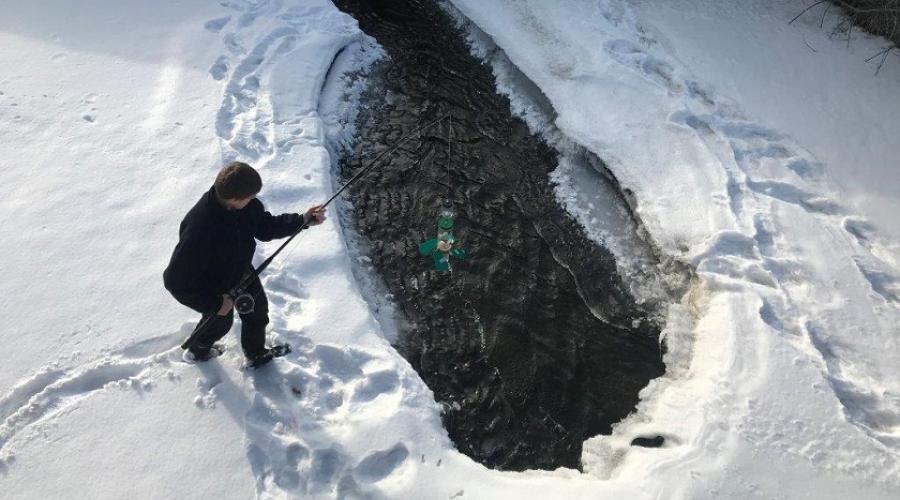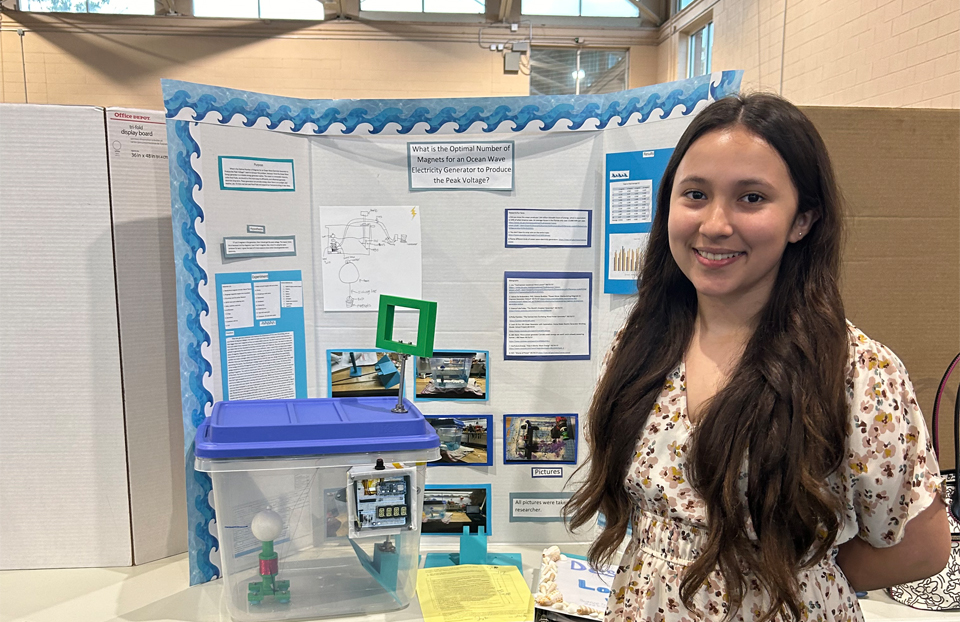Lemelson Foundation, Young & Amazing
A navigational buoy powered by turning tides

Annually for three years, The Lemelson Foundation will give $100 awards to outstanding inventors in up to 270 Society Affiliate Fairs with middle school participants around the country. The prize was specially created to reward young inventors whose projects exemplify the ideals of inventive thinking by identifying a challenge in their community and creating a solution that will improve lives.
John Paul Deering is an eighth-grader from Anchorage, Alaska who recently won the Lemelson Early Inventor Prize at the Alaska Science and Engineering Fair. He invented a navigational buoy that is powered by the motion of the waves with the ultimate goal of making seafaring safer and easier, especially for boats travelling at night.
Surrounded by the majestic waters of Cook Inlet in a region largely driven by the fishing industry, John grew up with a keen awareness of the challenges fishermen and other seafarers face. John’s idea to create a project integrating hydroelectricity was inspired by his father. “I wanted to do something with hydropower, so I came up with the idea of making a hydropowered, lighted buoy that is modeled after a well-known piece of fishing tackle called the Spin-N-Glo,” John said.
So, how does John’s navigational buoy work?
When a strong wave passes the buoy, the current rotates the attached propeller blades, which then rotate the entire buoy. John’s floating device has magnets on both sides; when the buoy rotates, these magnets quickly pass through copper wire coils, producing electricity. The energy created through this process is enough to power an LED light, which sits atop John’s design.
John shared how his invention has many advantages over standard navigational buoy designs. Powered by the movement of water, his design is energy-efficient and would cost less than a lighted buoy that runs on battery power. John’s device may also be preferable to solar-powered buoys, which are most useful in daylight hours. His buoy is built to function at any time of day and does not require a big battery bank to store energy during dark periods.

John’s research was not without its fair share of setbacks. He went through five different designs before settling on one and plans to further refine the final version, as some of the moving parts can potentially harm marine life. “My largest concern is that the propellers spin so fast that if they were to come in contact with fish or other animals, they may be killed or injured. As a fisherman, I care deeply about aquatic life, so I wouldn’t use my design until I have found a way to solve this problem,” John explained.
John relayed that receiving the Lemelson Early Inventor Prize has given him confidence to consider himself an inventor. “My most fulfilling moment was deploying my final design and seeing the LED light up!” said John. “I had spent long hours building and testing my buoy designs in the icy waters of Alaska; when I saw the buoy spin and that little green light finally flicker, it was like the sun coming out in the midwinter darkness!”
John plans to continue his research project and hopes that one day his buoy can act as a reliable warning system for tsunamis. With the skills that John displays at such a young age, it is clear that his full potential has yet to be tapped!


